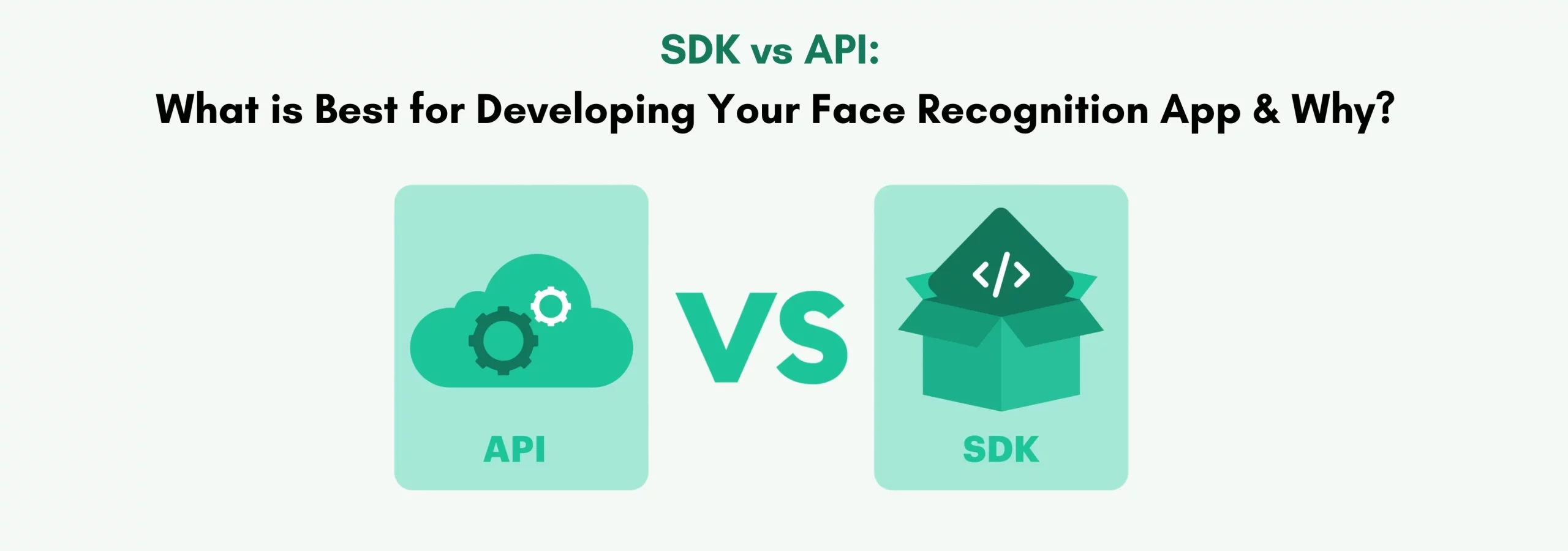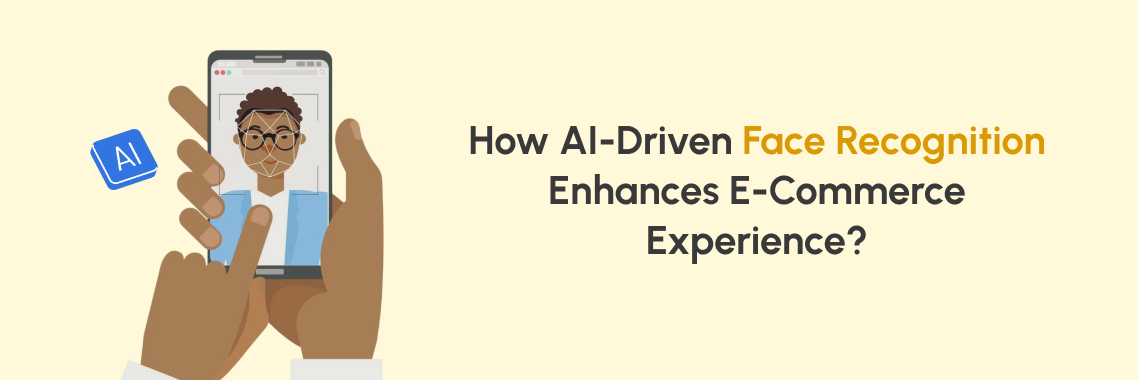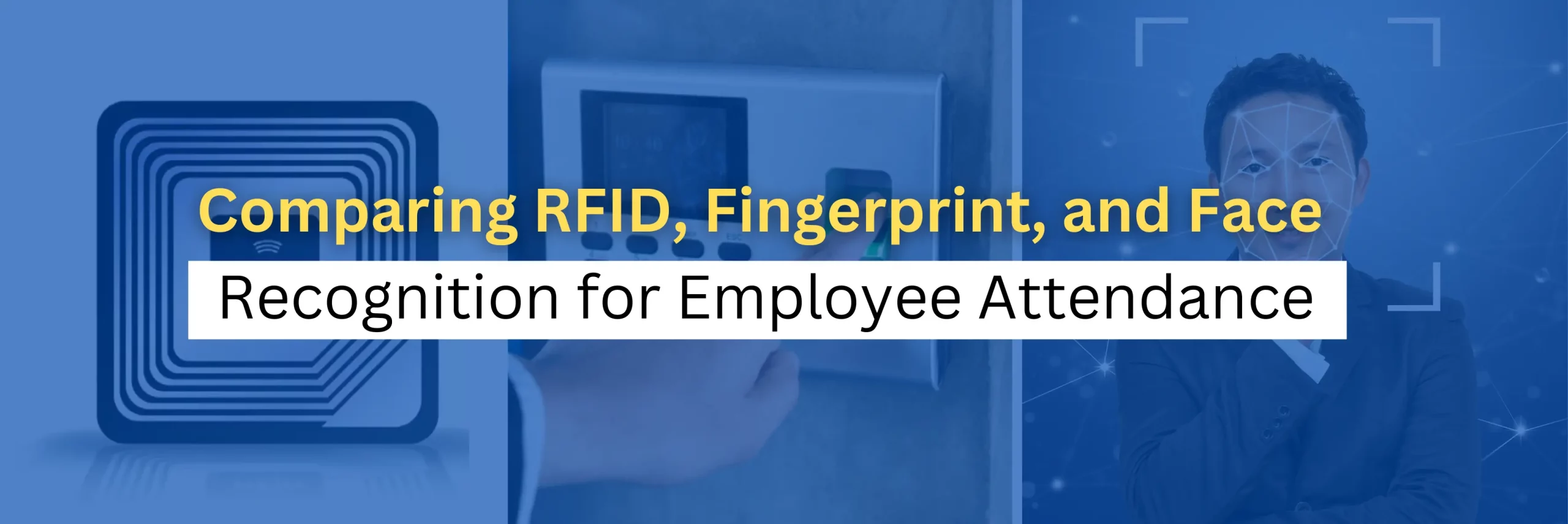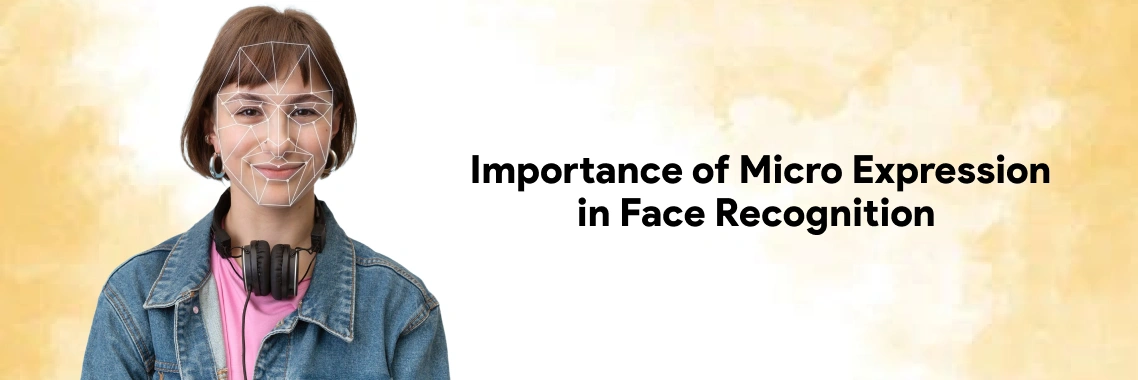If you're a developer, you may encounter two essential concepts for building applications that achieve similar goals but differ in key aspects.
Yes, you guessed it right! I’m talking about SDKs and APIs.
While both can be exceptional tools for developing facial recognition applications, they often create more confusion than clarity. Differentiating them can be challenging, especially when considering factors like functionality, control, integration ease, customization, usage, and of course, budget.
So, before you make your decision on illusion, let me grind the core concept of SDK and API to pinpoint what works better for you and when.
Rest assured, this blog is designed for everyone, from novices to experts—so, let’s dive in!
What is an SDK and API?
Technically, the three-letter acronym SDK stands for Software Development Kit. It provides everything you need to build applications from scratch, including libraries, compilers, debuggers, documentation, and code samples—tools that connect a specific framework and language within a software environment.
On the other hand, API, or Application Programming Interface, facilitates smooth communication between applications. It allows you to connect your preferred device with preexisting modules and third-party services, ensuring data integrity between software components without requiring constant oversight.
Let’s simplify this with a baking analogy. When you bake a cake using a ready-to-use kit, it functions like an SDK for building a facial recognition application.
- Pre-measured ingredients (libraries and compilers).
- A detailed recipe (documentation).
- Sample cakes (code samples) to inspire your design.
- A troubleshooting guide (debugging tools) if things go wrong.
Contrary to that, when you order specific ingredients such as frosting to tweak the design of a baked cake, it works like an API service for facial recognition app development.
What is the Difference Between Face Recognition SDK and API?
Before summarizing the key points of SDK and API for using facial recognition in your upcoming project, let’s explore their advantages and disadvantages based on the following criteria:
Workflow and implementation
- An SDK allows you to start your project immediately but requires assembling tools before development and assessing their compatibility with various libraries or frameworks. This process can be time-consuming, tedious, and demands exceptional expertise to manage effectively.
- In contrast, an API provides a ready-to-use solution, enabling scalability with your existing or new platforms. For instance, to integrate facial recognition functionality, you simply connect with third-party services like Lystface API, request API keys, follow the API documentation, and write a few lines of code.
Language and platforms
- An SDK allows you to work with a specific language for a particular platform, meaning the same code cannot be used across different platforms. For example, AWS SDK for JavaScript uses JSON to send and receive data from its on-premise server.
- Meanwhile, when you use a particular face recognition API, it supports one or more languages, likely Java, Python, PHP, etc., to interact with other software components while maintaining its unique protocol.
Maintenance and updation
- With an SDK, developers like you are responsible for keeping up with the latest data management guidelines, ensuring compliance, and troubleshooting technical glitches—a task that can often be overwhelming.
- Contrary to that, the dedicated technical and product team are the backbone of third-party API service providers, like Lystface API, who not only solve issues but keep their eye on security updates as well before things get out of hand.
Now, let’s have a look at the differentiation summary of SDK and API:
| Criteria | SDK | API |
| Definition | A set of tools, libraries, documentation, and code samples for software development. | A set of protocols that create communication between components of different software applications. |
| Workflow | Developers install SDK before moving towards application development. | Developers need to apply for API key requests to the service providers. |
| Purpose | Helps create face recognition applications from scratch. | Helps using functionalities of face recognition technology in one’s device from third-party services. |
| Language and platforms | It only sets specific frameworks for a particular language and platform. | It’s subjected to cross-platform interactions. |
| Size | Developers need installation space for the downloaded SDK bundled tools. | Developers need to follow the coding path as described in the API documentation. |
| Ease of use | Typically, it requires more setup and knowledge of the tools. | Generally easier to use, often accessed via HTTP requests. |
| Flexibility | High, as it allows deeper customization and development. | Limited to predefined functionalities and endpoints. |
| Example | AWS Rekognition. | Lystface API. |
API or SDK for Developing Face Recognition App: When to Use Whom and Why?
By now, you likely understand that SDKs offer platform-specific tools with greater control, while APIs simplify the complexities of tasks like facial recognition algorithms, such as face detection.
If your priorities align with the following points, a facial recognition API might be the better choice over an SDK:
- Quick integration: Unlike SDKs, APIs require lightweight integration, focusing on specific features rather than experimenting with multiple components before app development.
- Lower maintenance burden: From fixing bugs to updating news features to removing unused or low quality images everything is taken care of by your API providers - you definitely need this support to offload responsibility that otherwise leads to uncertainty.
- Higher cost-effectiveness: API services often use pay-as-you-go models, making them financially appealing and preventing unnecessary expenses. With an SDK, you might end up paying for features that are either unused or less effective.
- Ample use of cross-platform solution: Unlike SDKs, facial recognition APIs work seamlessly across platforms—web, Android, iOS, or desktop—ensuring a smooth experience for your app users without confusing them for making faulty decisions.
Lystface API Can Help You Develop Better Face Recognition Based Applications
I won’t reiterate that choosing an SDK or an API is up to you, but I urge you to focus on your project’s requirements, submission timeline, and budget.
Remember, SDKs are ideal for those who prioritize complexity, higher flexibility, and have ample time for trial and testing. On the other hand, APIs are perfect when you need cloud-based applications developed quickly with limited resources and time.
That’s why we offer Lystface API—the face recognition API for mobile apps. Your data security is our priority. We enable you to create unique PINs for role-based access and leverage 2FA to protect facial data from breaches. Additionally, you’ll enjoy flexible integration at a minimal price, making it easy to upgrade or downgrade as needed.
So, the next time you’re stuck deciding between an SDK and an API, remember Lystface—and hit “Sign Up” first!






